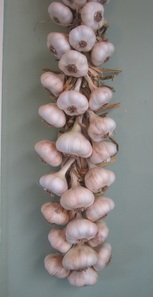
Garlic is traditionally planted on the shortest day (June 22nd) and harvested on the longest (Dec 22) or thereabouts. However, it's actually fine to plant garlic from April through to August, and harvest will be six months later. You might like to experiment to find out what timing produces the best results in your garden. One of my neighbours planted some in April, some in May, and some in June one year. His April crop was fairly pathetic, but both May and June ones did really well. I tend to be running behind so have planted in July/August so far. Having just harvested this season's crop, I'm so looking forward to planting more that I just might get this in earlier this winter! Garlic is easy to grow and very satisfying. I'll talk more about preparing to plant garlic as that time of year approaches, but today let's take a look at what to do with your harvested garlic. First, though, let me share my experiences, both good and bad.......
My garlic growing experiences....
This is the third season I've grown garlic. The first year, being fairly clueless as to how to get started, I planted 1/4 of my garden bed with cloves from bulbs of NZ garlic I bought from a local market garden shop, and the rest with NZ garlic from the supermarket. I made sure to get NZ garlic, as I knew enough to know Chinese garlic should not be grown here. The supermarket stuff was a failure - only a couple of them sprouted at all, and those turned out tiny. The rest were non-starters. I learned later that the stores often spray the bulbs to inhibit them from sprouting.
The market garden garlic, however, did very well, and produced large, satisfying garlic bulbs. In due course I hung them to dry, then braided them to hang on the wall near my kitchen. The following winter, I took cloves from the fattest bulbs, and planted my crop. They grew well. But.....
Last summer, when I harvested the garlic, quite a number of the bulbs had split open and appeared to have a fungal infection. They smelled really bad! I still got a lot of useable garlic, but any bulbs that were even slightly damaged did not store well.
The market garden garlic, however, did very well, and produced large, satisfying garlic bulbs. In due course I hung them to dry, then braided them to hang on the wall near my kitchen. The following winter, I took cloves from the fattest bulbs, and planted my crop. They grew well. But.....
Last summer, when I harvested the garlic, quite a number of the bulbs had split open and appeared to have a fungal infection. They smelled really bad! I still got a lot of useable garlic, but any bulbs that were even slightly damaged did not store well.
So when it was time to plant again this past winter, I was a bit dubious about putting all my garlic in one basket so to speak, and planting only my own garlic. What if they carried the spores for the infection, and I lost the lot? After some humming and haa-ing, I decided I would plant some of my own garlic, picking the best and healthiest looking bulbs to take cloves from, but also bought in some new seed garlic - a variety called Prinator - supposed to be a favourite variety of both commercial and home growers. I planted half the bed in each, with a couple of rows of bunching shallots in between.
Being very behind in everything in 2015, I didn't get the garlic planted until August, but that's ok. Meanwhile, I read an article about another local gardener with a large edible garden, and she explained that she doesn't wait for her garlic to die back all that much before harvesting - she says that once the tops begin to yellow, no more growth is happening, and harvest is close. She does not wait for them to die right off, because by that point the bulbs are likely to have begun to split. Considering this, I realised in hindsight that maybe I just left it too long to harvest last year.
I was also aware you need to have a least three dry days before harvest. So on the 17th of Jan, noting the forecast for rain in the next few days, I went and checked on my crop. The garlic I had grown from my previous crop was looking like it might be ready to harvest. I dug around in the soil with a finger, and sure enough, nice fat bulbs with defined cloves. So I whipped out that half of the bed. The other half, the Prinators, though, didn't seem to be there yet, so I left them in. I hung the harvested garlic in bunches in an airy shed to dry. Here are some photos taken before I hung them up:
I was also aware you need to have a least three dry days before harvest. So on the 17th of Jan, noting the forecast for rain in the next few days, I went and checked on my crop. The garlic I had grown from my previous crop was looking like it might be ready to harvest. I dug around in the soil with a finger, and sure enough, nice fat bulbs with defined cloves. So I whipped out that half of the bed. The other half, the Prinators, though, didn't seem to be there yet, so I left them in. I hung the harvested garlic in bunches in an airy shed to dry. Here are some photos taken before I hung them up:
| 3 weeks later, I took another look at the Prinators. There was plenty of yellowing of the leaves, and they have some rust. I decided to harvest them for better or worse. Because they were mostly very immature, unformed bulbs, I decided rather than hang and store them like I usually would, to just use them up in various preserving ways. Here's a pic of the pathetic Prinators after I cleaned off the outside layers of dirty covering, trimmed the roots, and chopped off the leaves (as I'm going to use bulbs and green stalks). |
Harvesting & Curing Garlic
| When you decide it's time to harvest your garlic, loosen the soil around each bulb and gently lift it out of the ground. Before storing, garlic must be cured by allowing it to dry thoroughly. If you're going to preserve your garlic by immediately making such things as garlic oils and garlic butters for the freezer, or by pickling, you can skip this step. (Recipes below). Otherwise, hang your garlic up by tying small bunches with strings, and hang it somewhere airy and dry, out of the sun. I use our semi-enclosed carport, and hang the bunches from washing line ropes strung up in there. Cure for about 2 weeks. The next step is "cleaning" the garlic. Some people like to do this before curing, but I do it after. Cleaning involves peeling off an outer layer or two (don't take too much as you don't want to expose the cloves too much) of the "wrapping" on the bulbs, along with any dirt that might be on it. Each leaf on a garlic plant is part of one layer of wrapping, so you'll be also removing a leaf or two from the stem. Be careful not to damage the cloves as you do this - I just peel with my fingers, and use fingernails to pick up the harder to remove pieces. But this can be painful - sharp pieces of dried garlic wrappers can poke you right under the fingernails! As well as removing the outer wrapping, the roots also need to be trimmed off with some scissors. Cleaning garlic is simple by takes some time - this year I decided it was too hot to work outside, so spread out a sheet on the living room floor, put a nice cold drink close to hand, and watched a DVD while I cleaned. | Above: Garlic just lifted from the ground. Below: Cured and cleaned garlic, ready for braiding. |
Now your garlic can be prepared for storing. Some folk like to just cut off the stems above the neck of the bulb, and store the bulbs in loose mesh bags or in trays somewhere dry. I prefer to braid them - a braid of garlic hanging on the wall is a great decoration as well as being functional, and I can see at a glance how much garlic I have left, or which bulbs might need using first as the season progresses.
Braiding Garlic
| If you know how to do a simple three-stranded plait, then you can braid garlic! It's not very difficult at all, but your results will become neater with practice. I find it useful to prepare by laying my garlic out in groups by size, so all the biggest ones are together, the middle sized ones are together, and the smallest are in their own pile. The bottom of the braid will be formed with the biggest bulbs, and you'll work upwards from biggest to smallest, so it helps if the right ones are easy to grab. The first year I did this, I followed a recommendation to use the biggest bulbs up the middle of the braid, with smaller ones to either side. That's fine too, but I find just going in size order seems to make it easier to get a neat braid. |
To start the braid, pick three of your biggest garlic bulbs. Lay one down with the stem pointing directly away from you. Lay the other two on 45 degree angles, crossing the first. Now, you can secure this bottom part of the braid in one of two ways - you can simply tie some string around the stems firmly and knot, or you can skip the string and use a fancy little twist with one stem to secure. This involves taking one of the side bulbs (the right one if you're right handed), and laying it underneath the other two rather than on top, then bringing the stalk back across the other two stems, down underneath it's own bulb and around, then back over the top of the other two to lay back on it's original angle. Here's a nice big photo so you can see:
After that, it's a simple matter of plaiting just like you did as a child - crossing each side over to the middle one at a time. But, each time you are about to place one side into the middle, you're going to add another bulb, laying it onto the braid so it's stalk joins the one that is in the middle. Starting with the above three I would next lay a bulb in the middle, joining the middle stalk. Then I'd cross the right hand stem over to the (two stems) middle, and add a bulb to the right side, laying it on an angle and joining it's stem with the now middle one. Then I'd cross the left hand stem to the middle, and add a bulb on that side, and so on. There are lots of great videos and diagrams on the internet - watch a few and then give it a go. Just keep braiding and adding bulbs, until you run out of garlic bulbs. Then braid a few more turns, and secure the top by wrapping string firmly around the braid and tying off. I tie a loop into the string, and use this to hang the braid. Or you can pass a wire through the braid below the string, and hang it with that.
| Find a nice place to hang your braid. I don't put it in the kitchen, which tends to be too moist and warm, but hang mine on the wall just outside my kitchen, next to the main door - it looks nice, is an airy location, and it is easy to snip off a bulb when I need a new one in the kitchen. I tend to use up the smaller bulbs first, so that come June when I'm thinking about planting some more, there are plenty of big bulbs to chose from. The garlic hung here lasts just about right through until the next harvest, or whenever I use it up. From about August onwards, it does have a tendency to start sprouting, depending on conditions, so I check it and use up those ones first. Alternatively you can then take any of the remaining bulbs and use one of the other preserving methods discussed below. Remember: The bigger the cloves you plant, the bigger the bulbs you will harvest, so you want to reserve the fattest cloves for planting. But, you do not want to separate the cloves from the bulbs until you're ready to plant, as doing so can trigger sprouting - therefore you want to leave your biggest bulbs intact until that time, when you will remove and plant the fattest cloves, and keep the smaller, inner ones for cooking. |
Other ways of preserving garlic
There are a number of ways to preserve garlic besides storing it as whole bulbs (hung or not) as above. This year, I have chosen to chop up the green stalks and freeze them in a ziplock bag - I will add small handfuls to various dishes I cook. I have also made jars of garlic oil which I have frozen, and a jar of refrigerator garlic pickles.
Note: Garlic is a low-acid vegetable and therefore fresh garlic should not be stored at room temperature in anaerobic conditions, such as in oils, as there is risk of botulism bacteria growing - this deadly bacteria does not show any obvious signs. Garlic and oil mixtures that are immediately frozen until use, however, are safe.
Freezing whole garlic cloves - garlic cloves may be frozen whole, peeled or unpeeled - they go a little mushy, but the flavour remains good.
Drying garlic - Cut undamaged cloves lengthwise and dry in a dehydrator until completely dry and crisp (may also be done in an oven on a low temperature). Dried garlic can be ground to make garlic salt, or stored in airtight jars or bags in the cupboard or freezer.
Garlic butter - Chop a 500g block of butter into cubes, add to a blender with about 10 large-ish cloves of fresh garlic, and blend, adding a drizzle of oil until you get a smooth paste. A pinch of herbs such as mint or parsley may also be added. Olive oil is good but has a strong flavour - if you prefer something milder, use sunflower oil or similar. Use a knife or spoon to smoosh the paste into silicon muffin trays, or roll into small logs, and freeze. Once frozen, wrap individual pieces in greaseproof paper and return to the freezer. Defrost as needed to make garlic bread, or as a lovely accompaniment to such things as a nicely grilled steak and/or baked potatoes. I made this last year, but went overboard with the amount of garlic I added. Don't!
Garlic salt - Process dried garlic in a blender until powdered, then blend with four parts sea salt to one part dried garlic powder just long enough to combine (too long and it will cake). Store in an airtight jar.
Garlic refrigerator pickles - loosely fill a glass jar with peeled garlic cloves. Cover with red or white wine vinegar (measure before pouring). Add 1 TBSP sea salt for every cup of vinegar, and dried (not fresh) herbs of choice such as bay leaves, oregano etc. Screw on lid and shake to distribute salt. Refrigerate. Will keep a long time in the fridge, so long as garlic remains fully submerged in vinegar.
Blended garlic oil - Combine in food processor 1 part peeled garlic cloves to 2 parts olive oil. Process until smooth. Pour into jars or containers, cover, and immediately freeze. The oil remains soft enough in the freezer to scrape some out with a spoon to use in cooking.

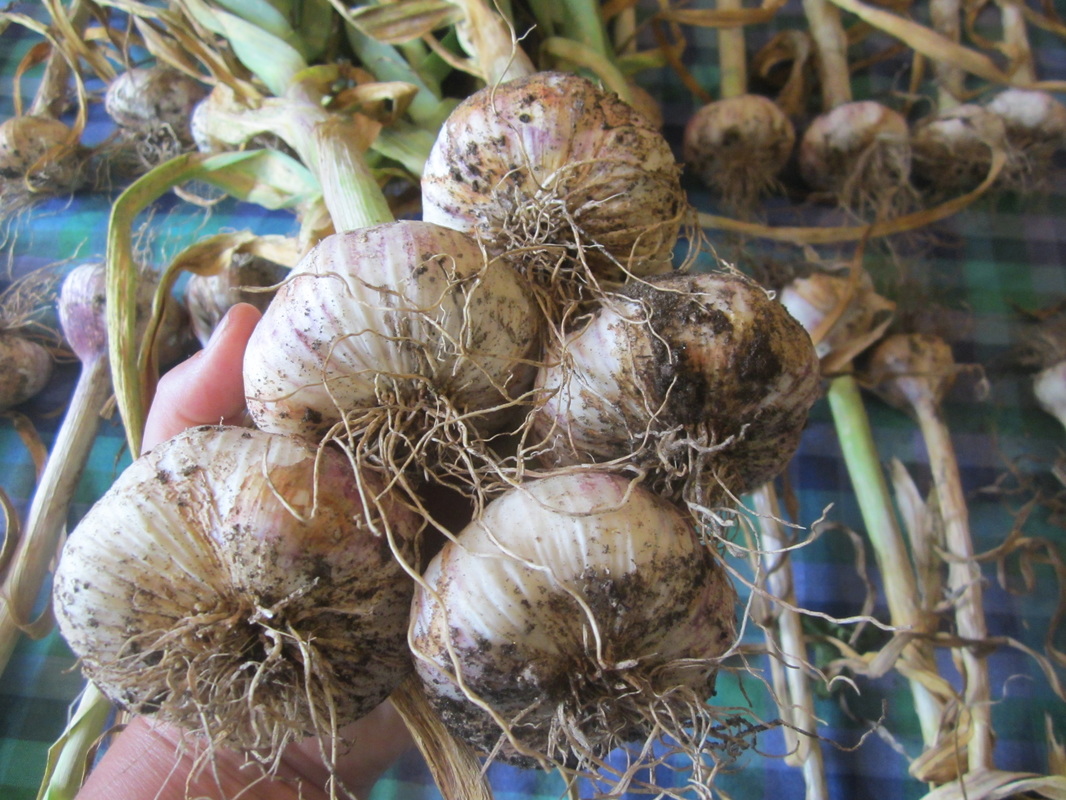
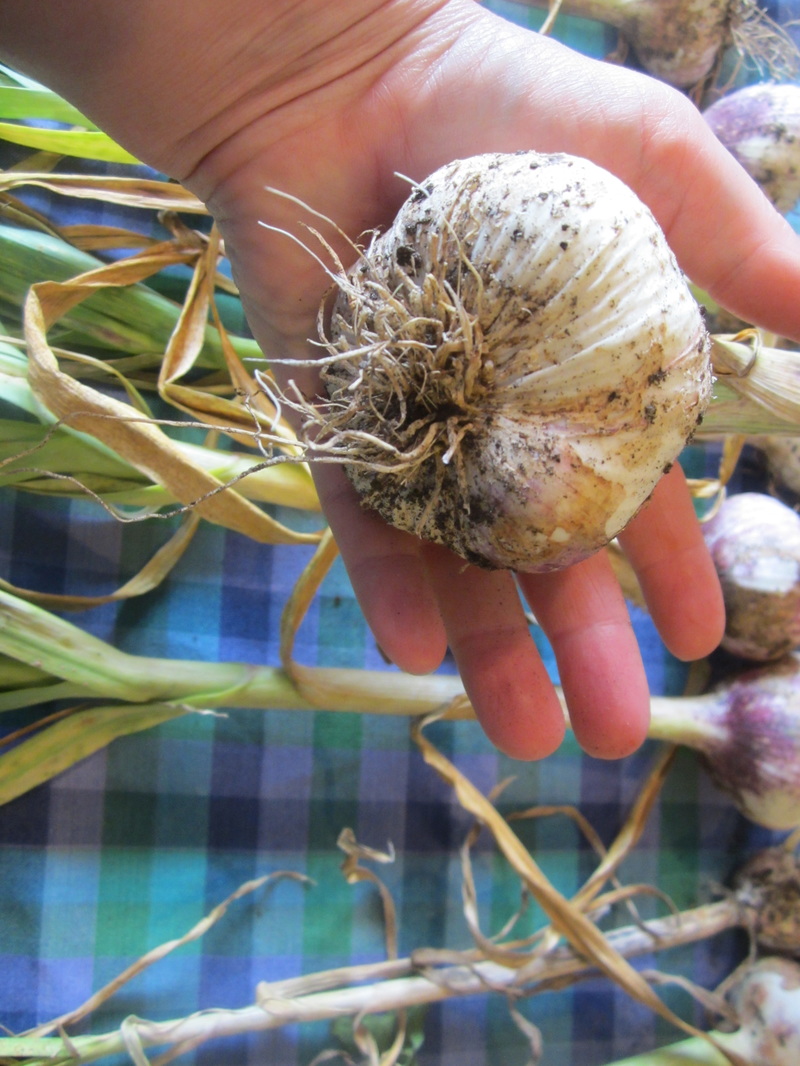
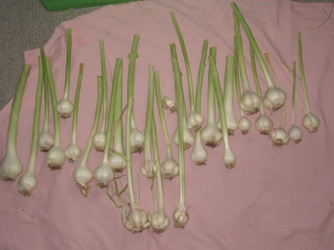

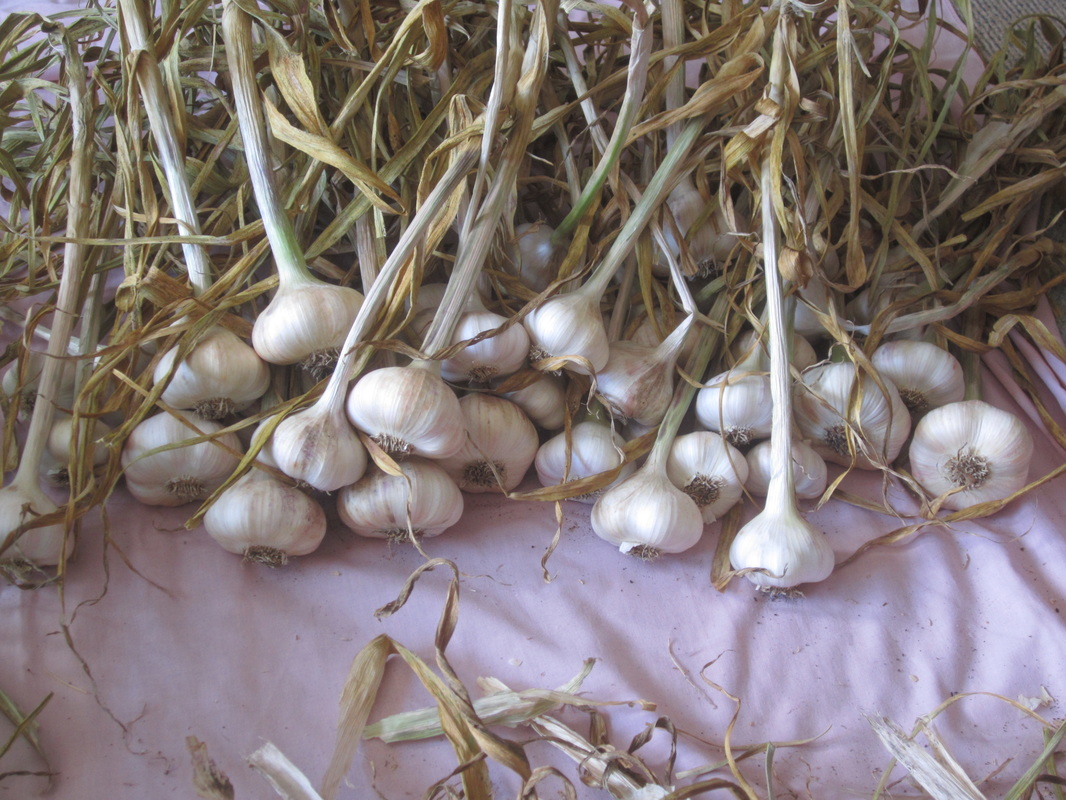
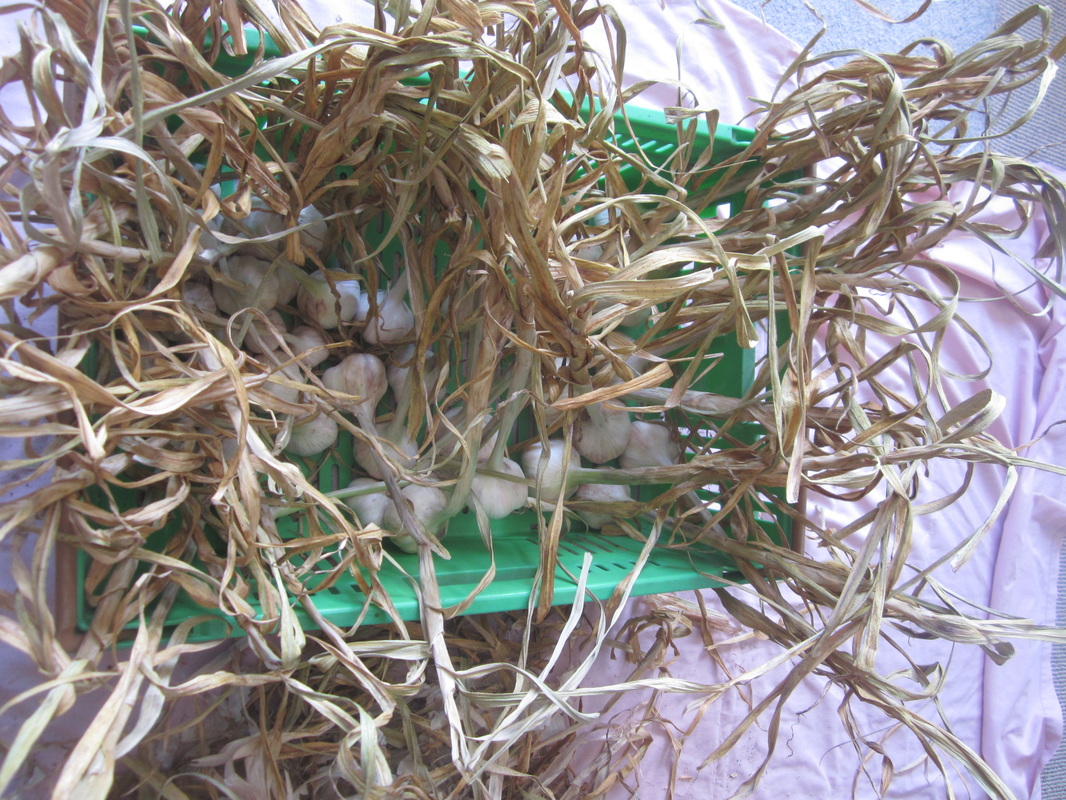
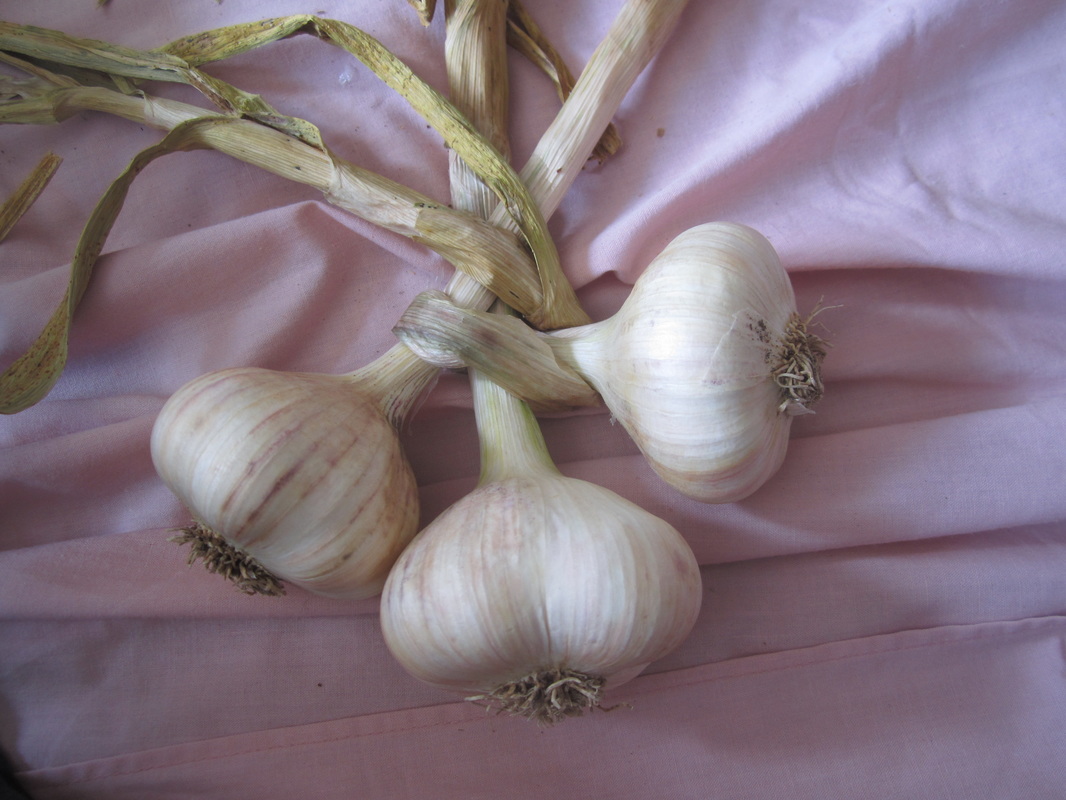
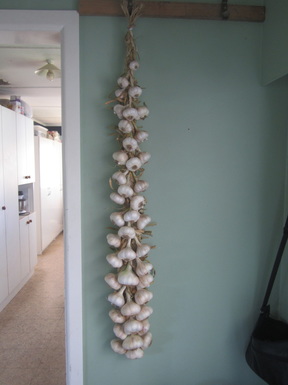
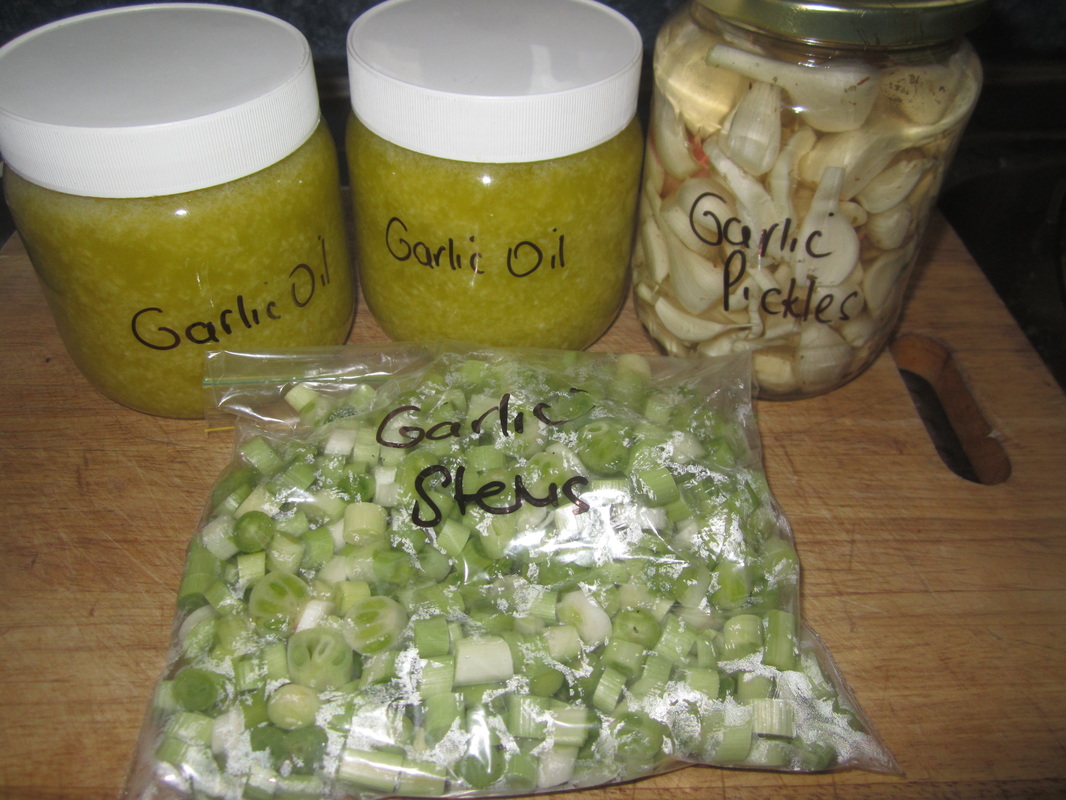
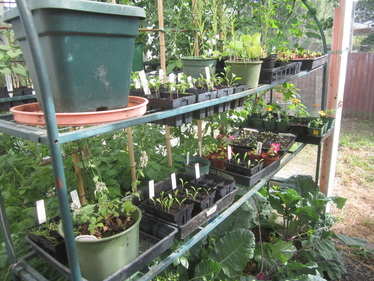
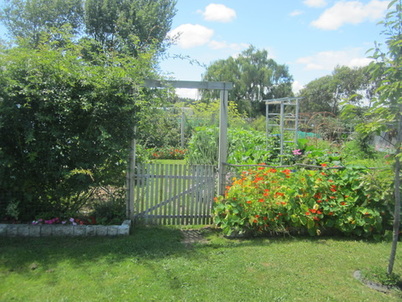
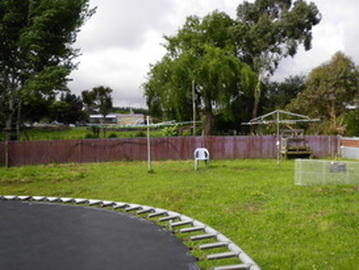
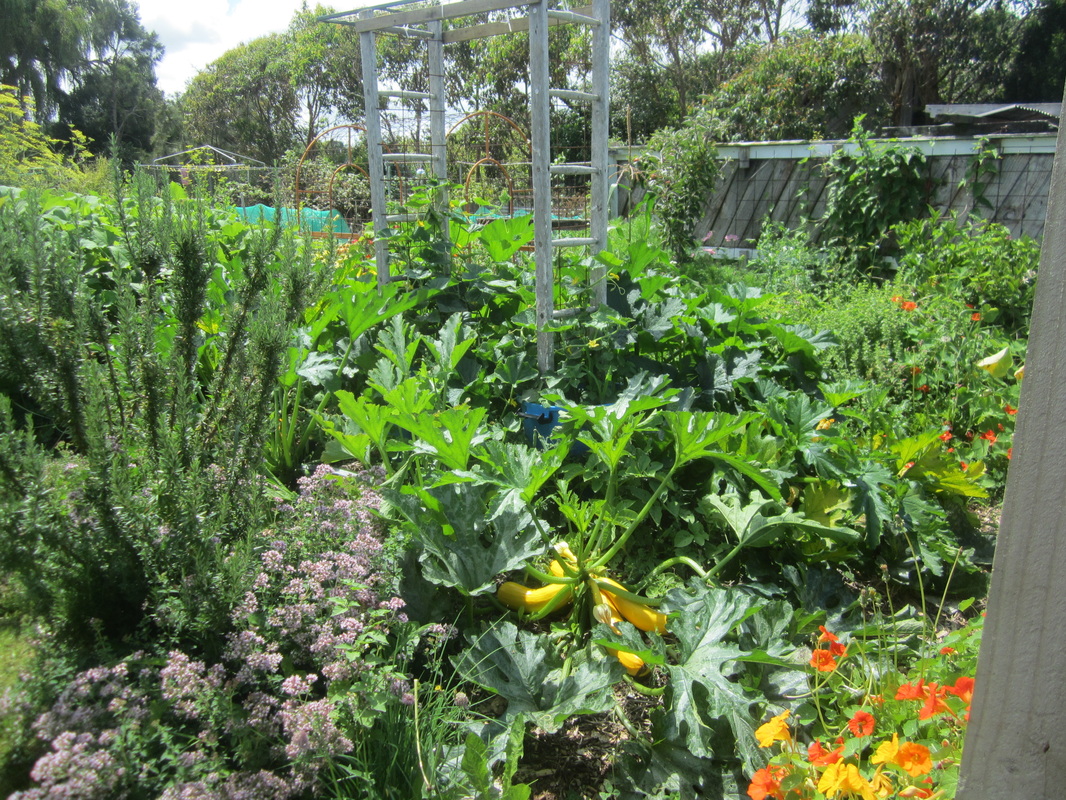
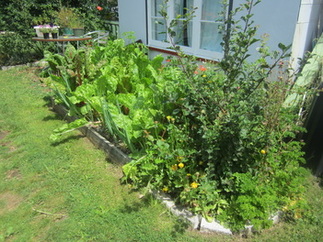
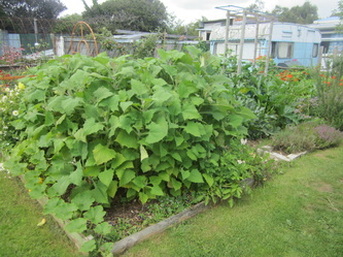
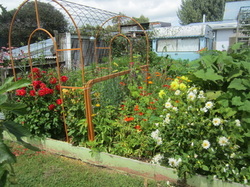
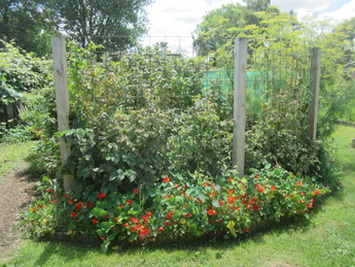
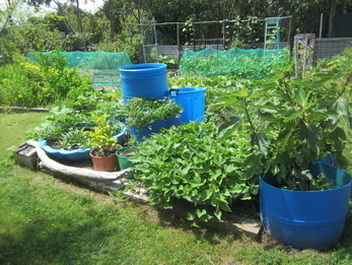
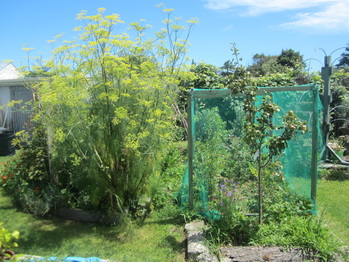
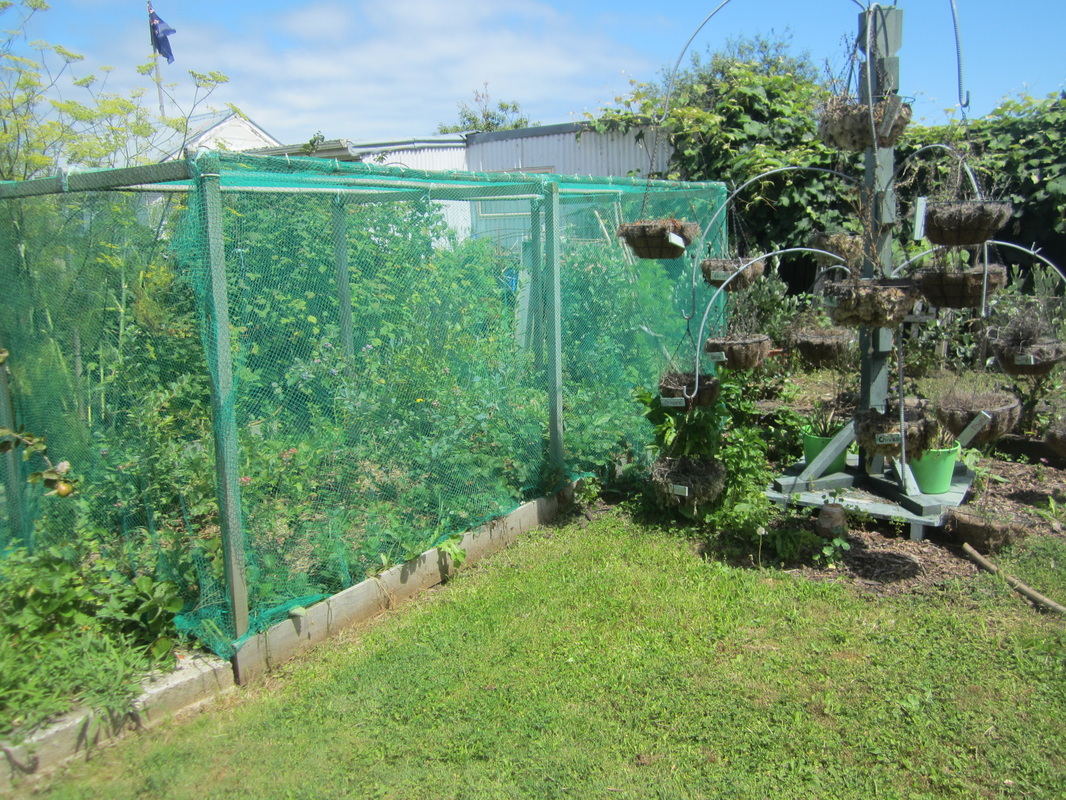
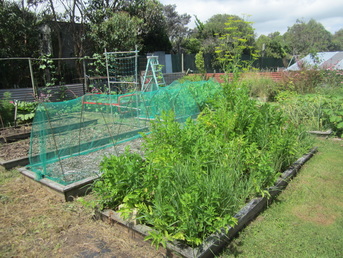
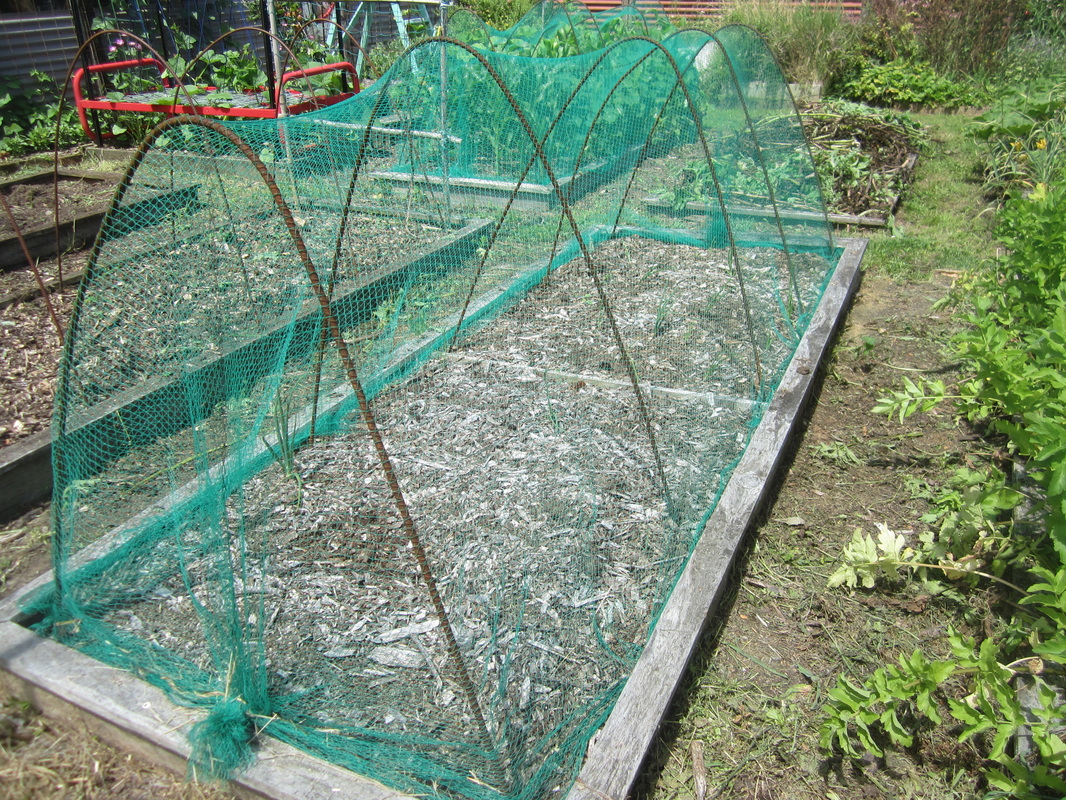
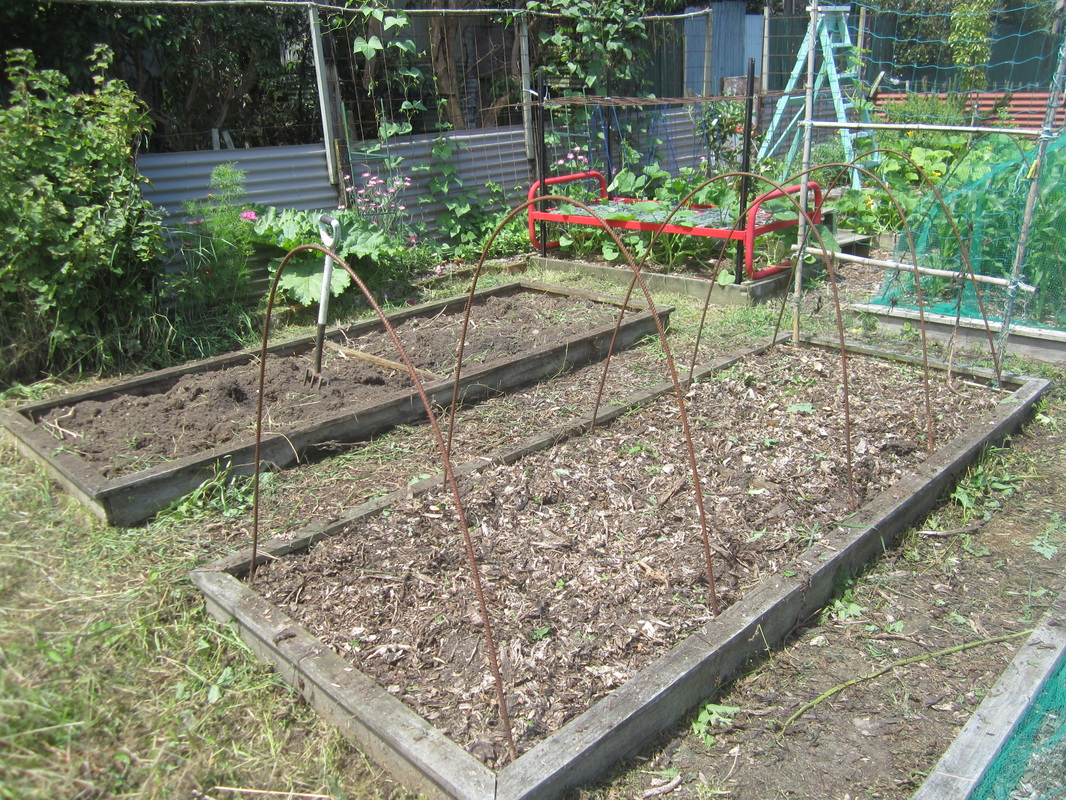
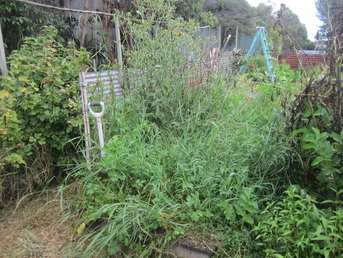
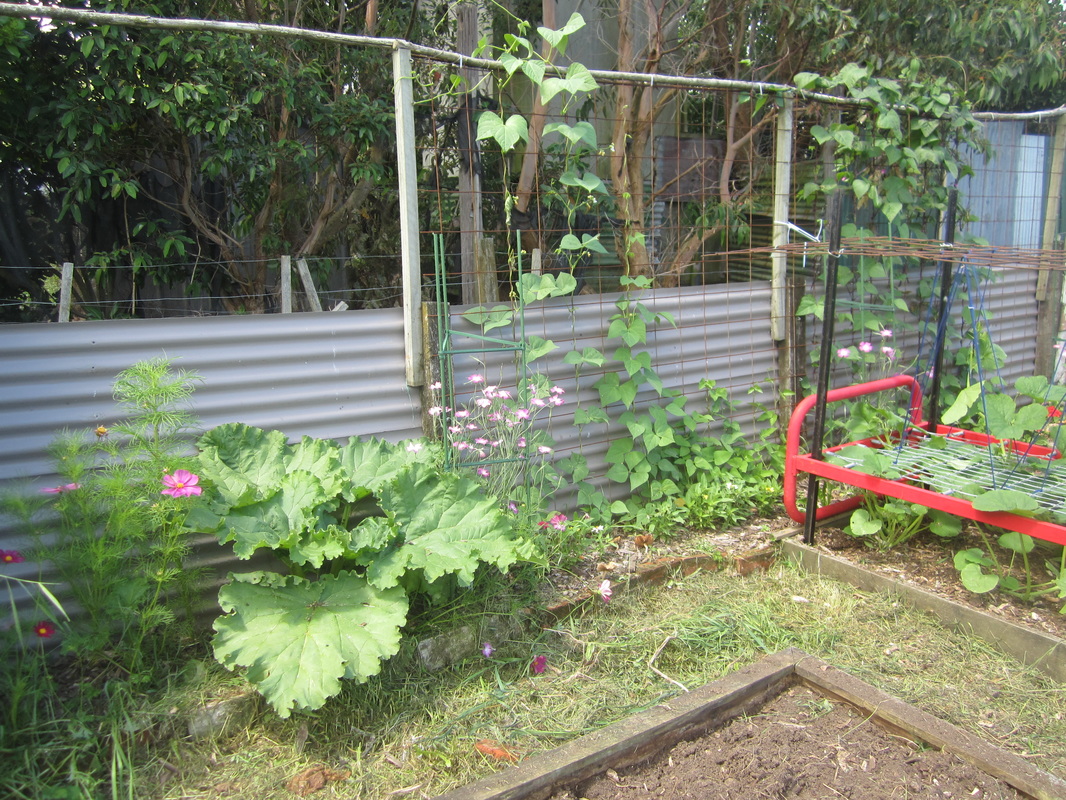
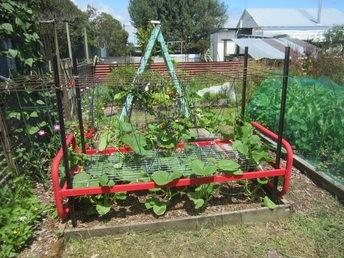
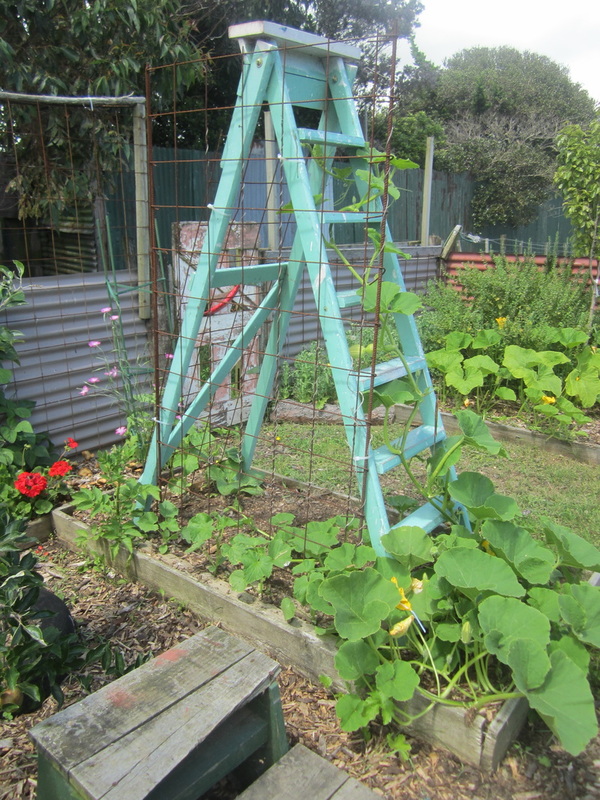
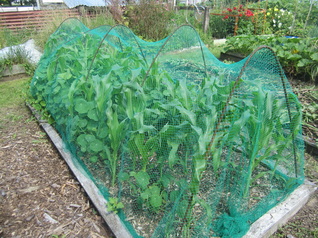
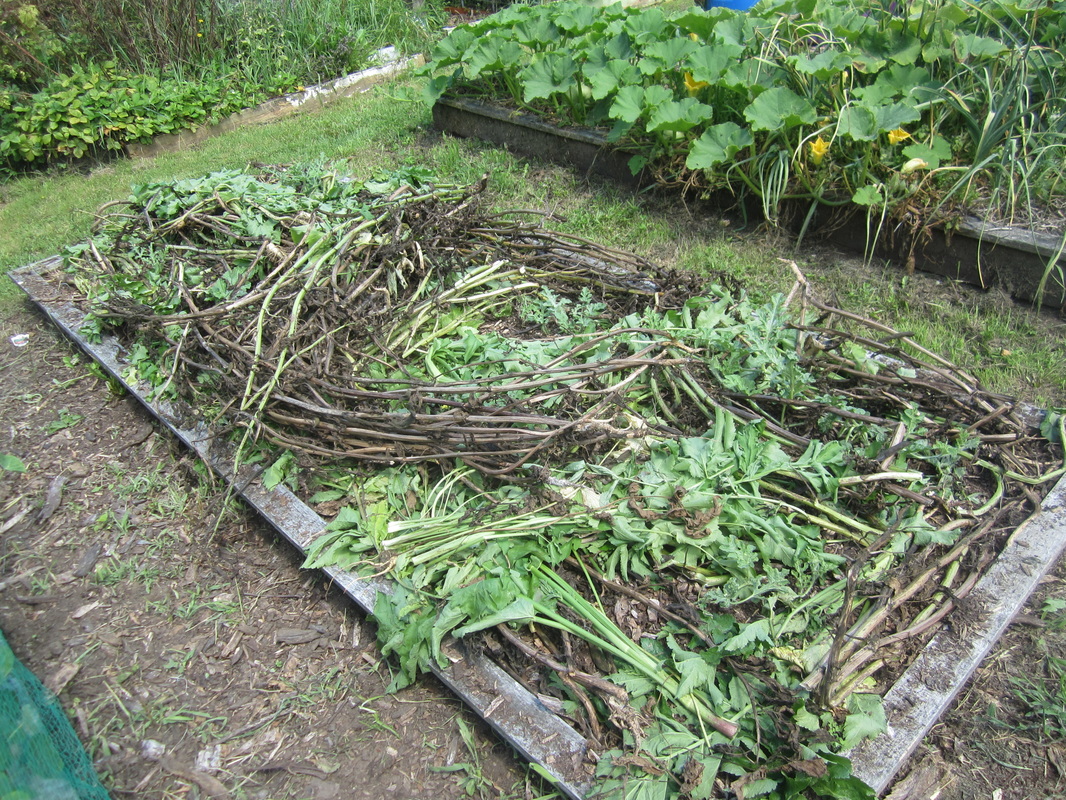
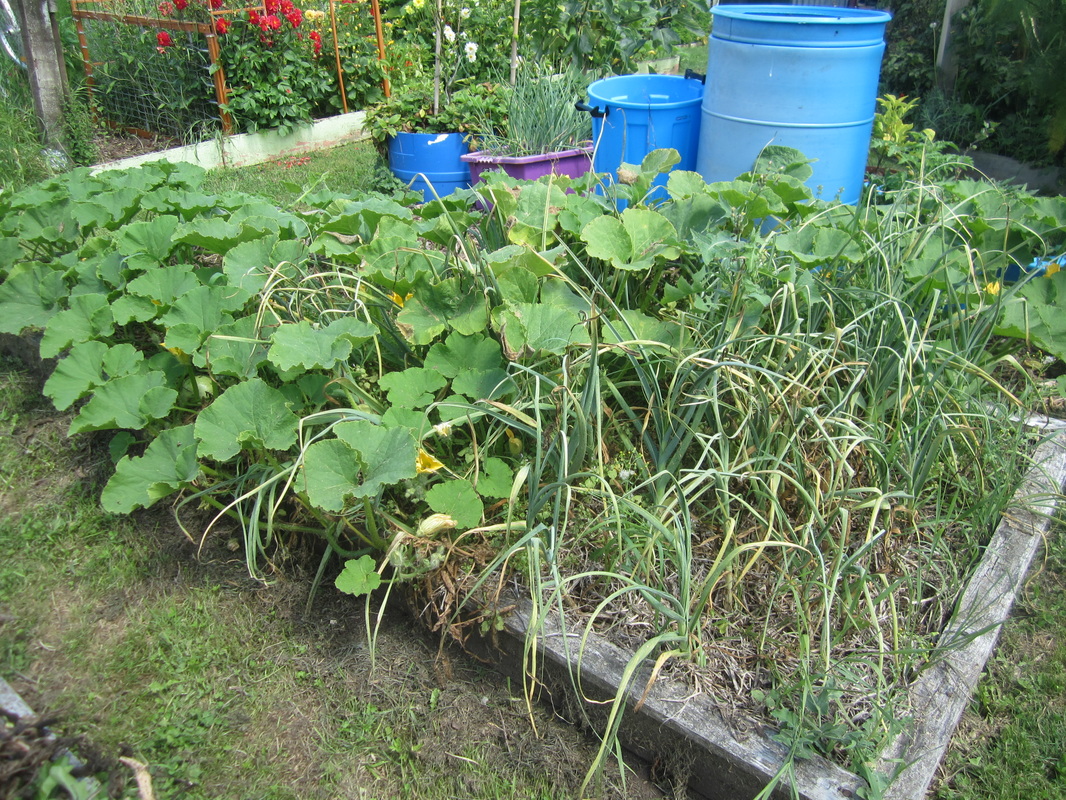
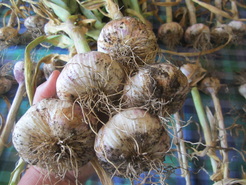
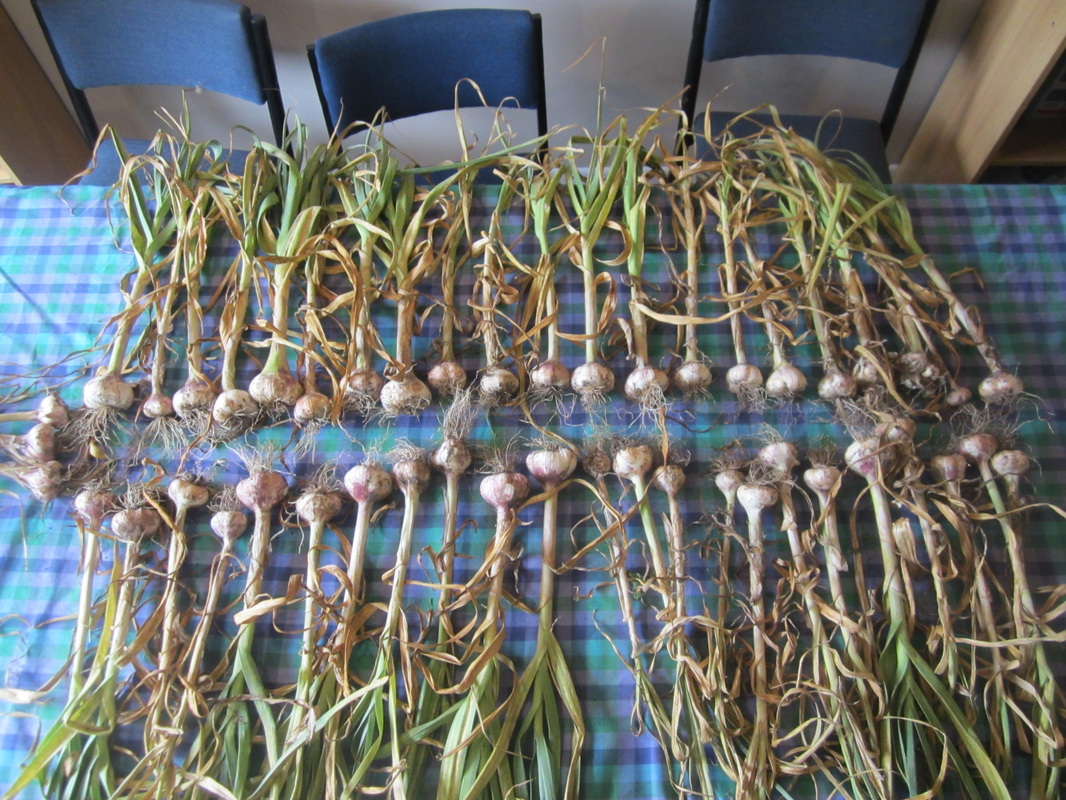
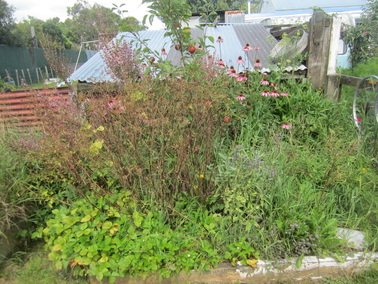
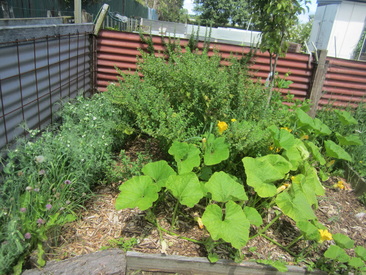
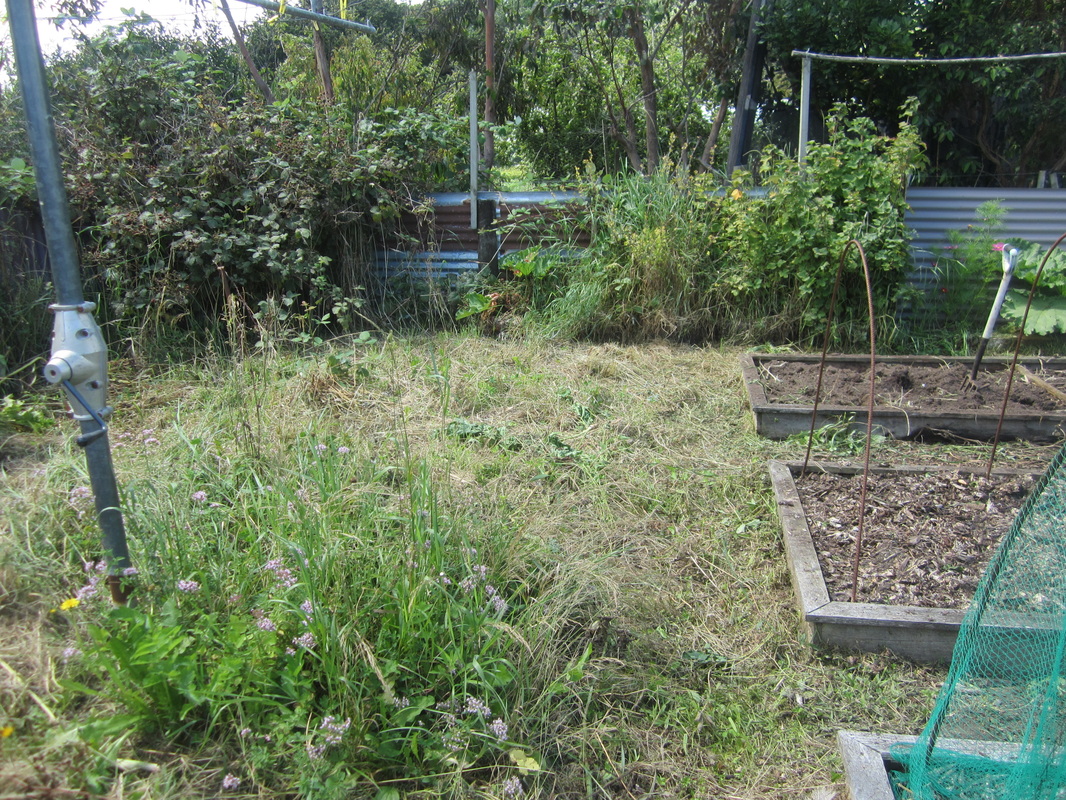
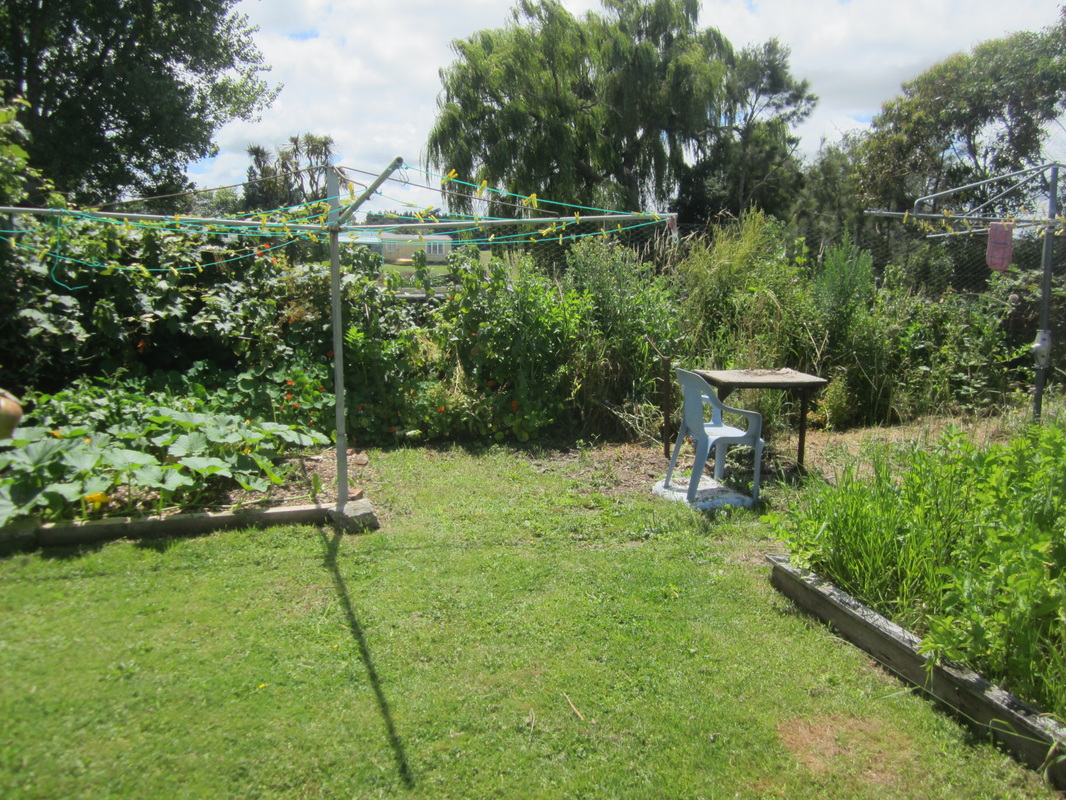
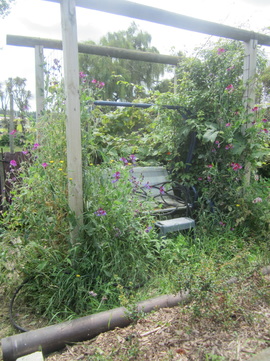
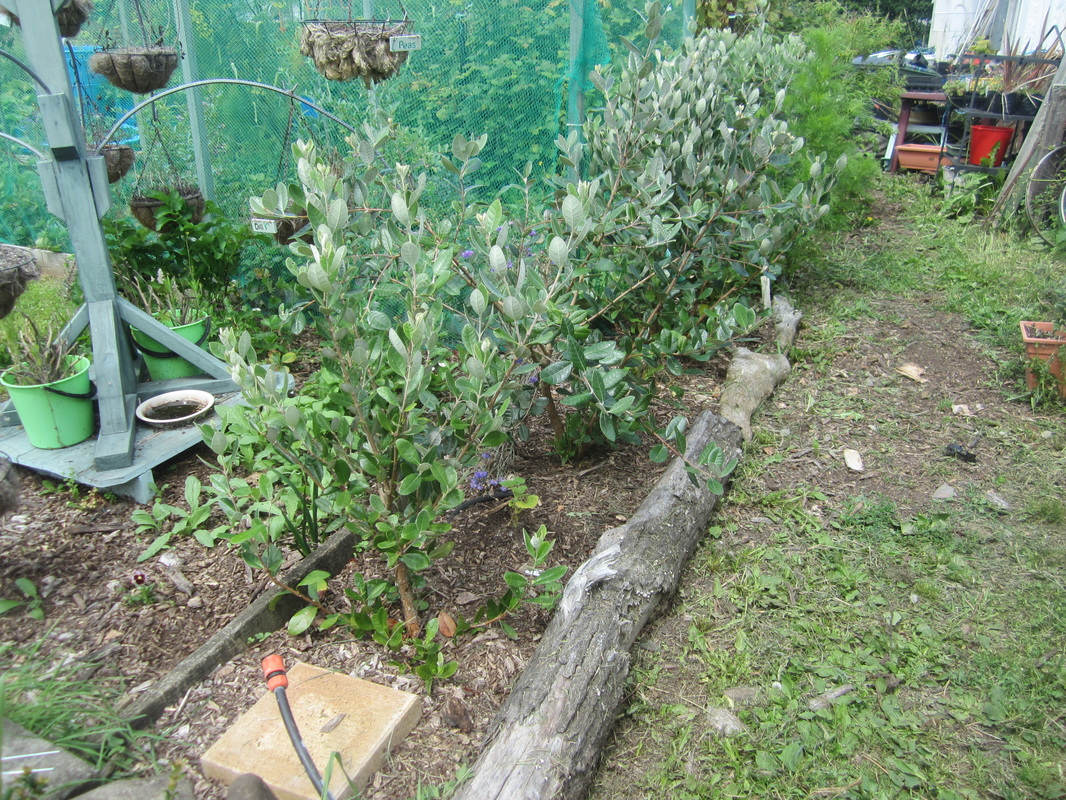
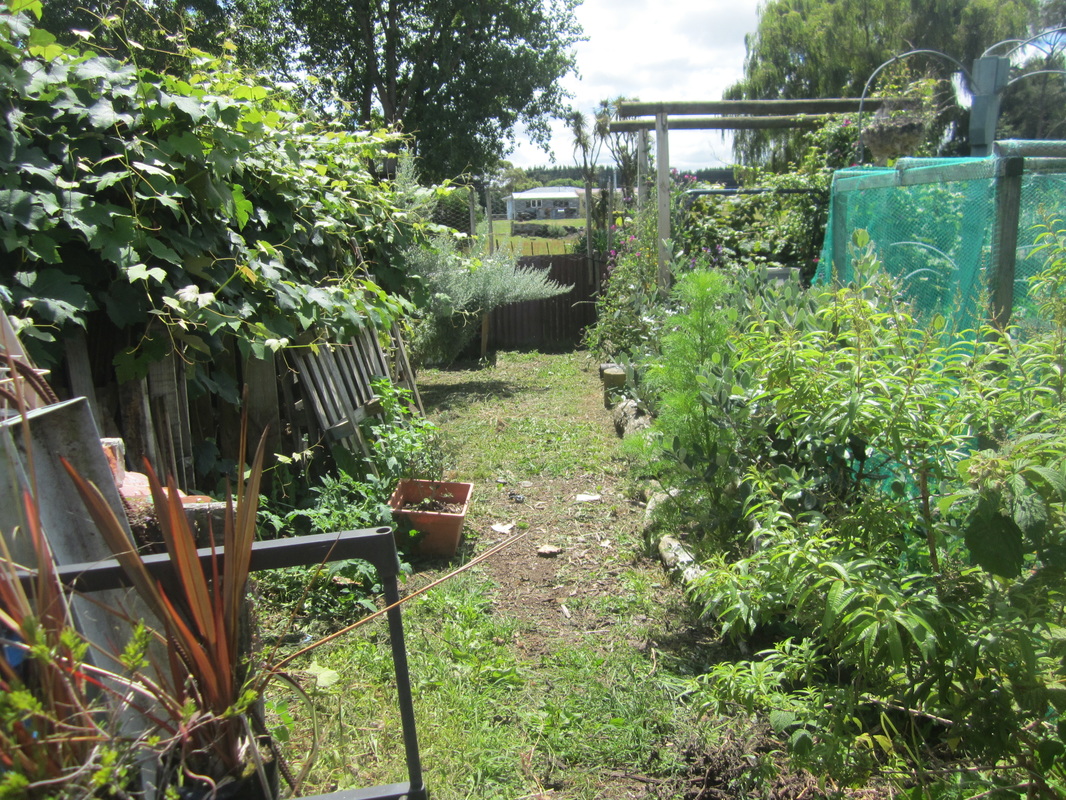
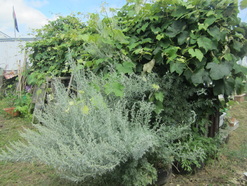
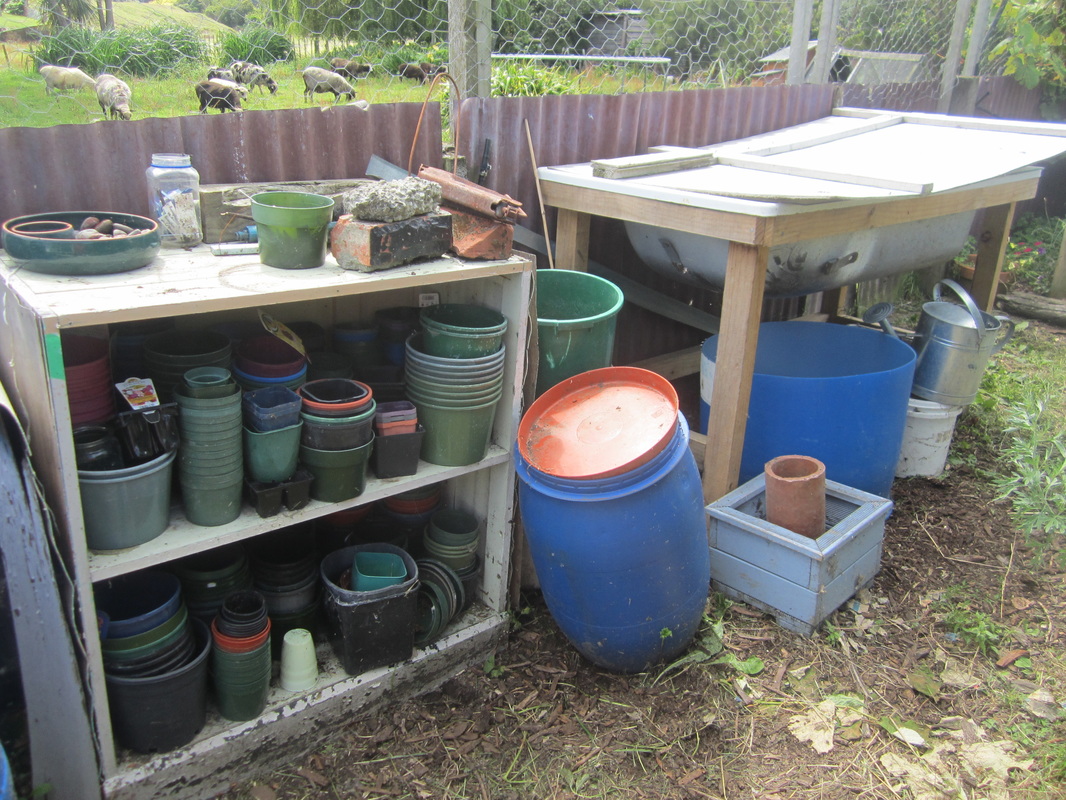
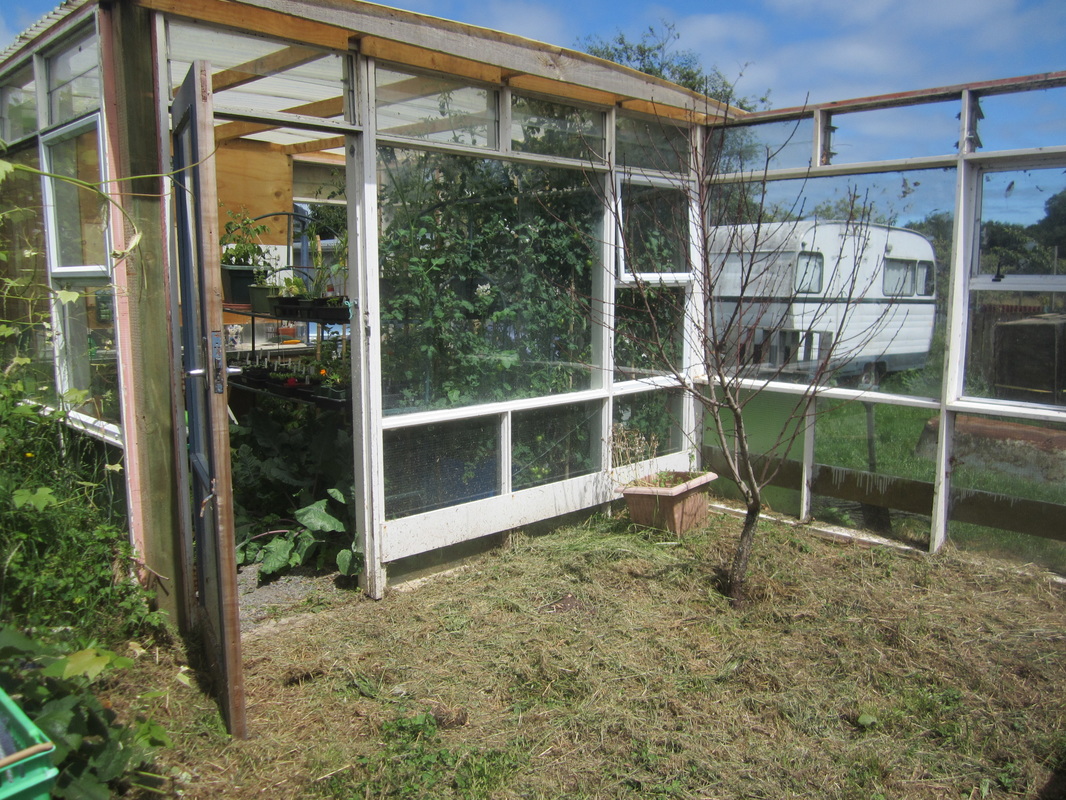
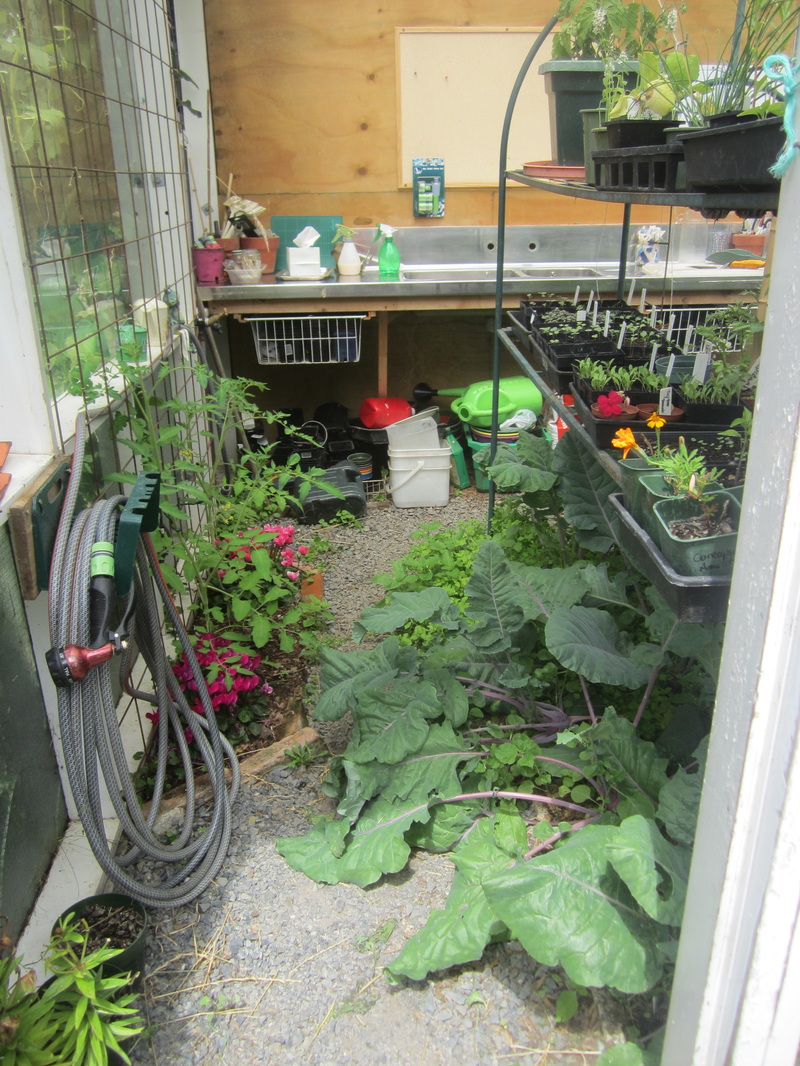
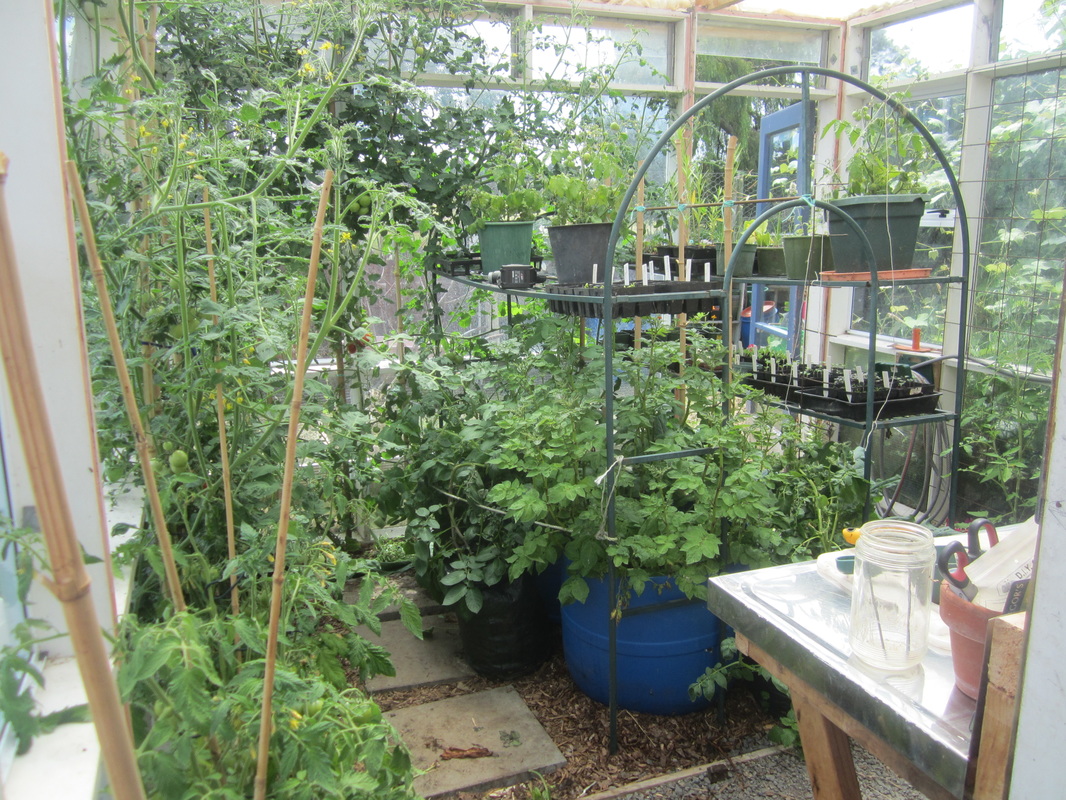
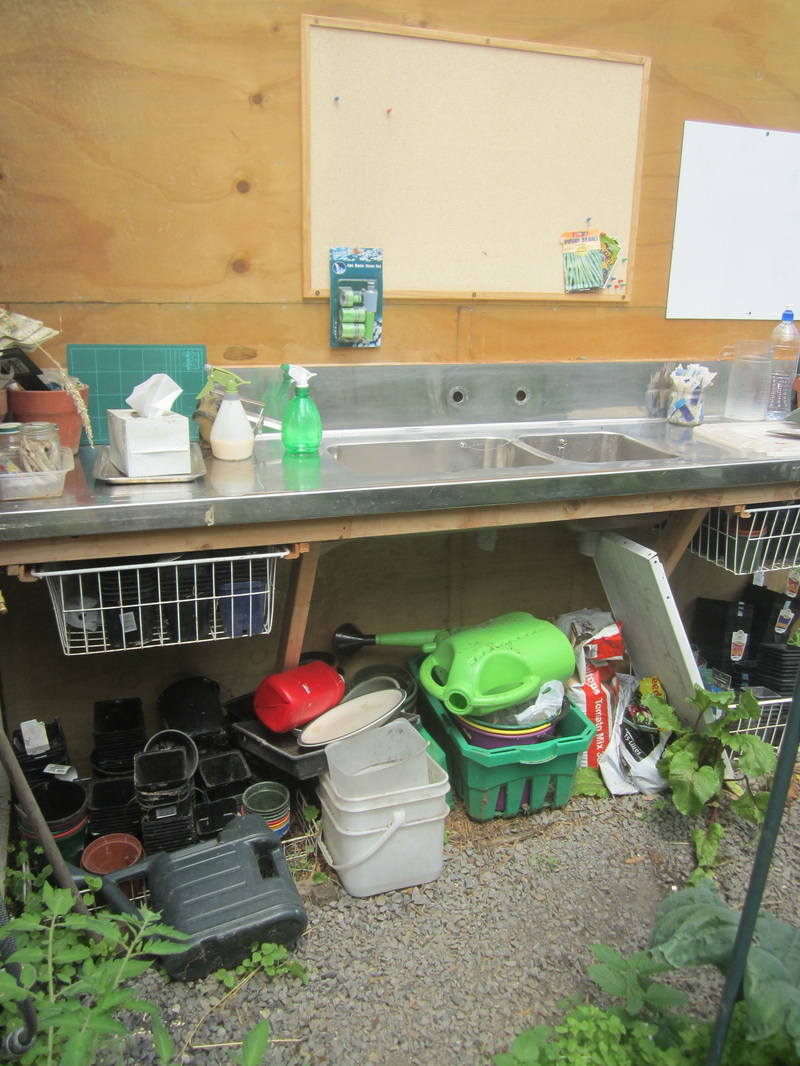
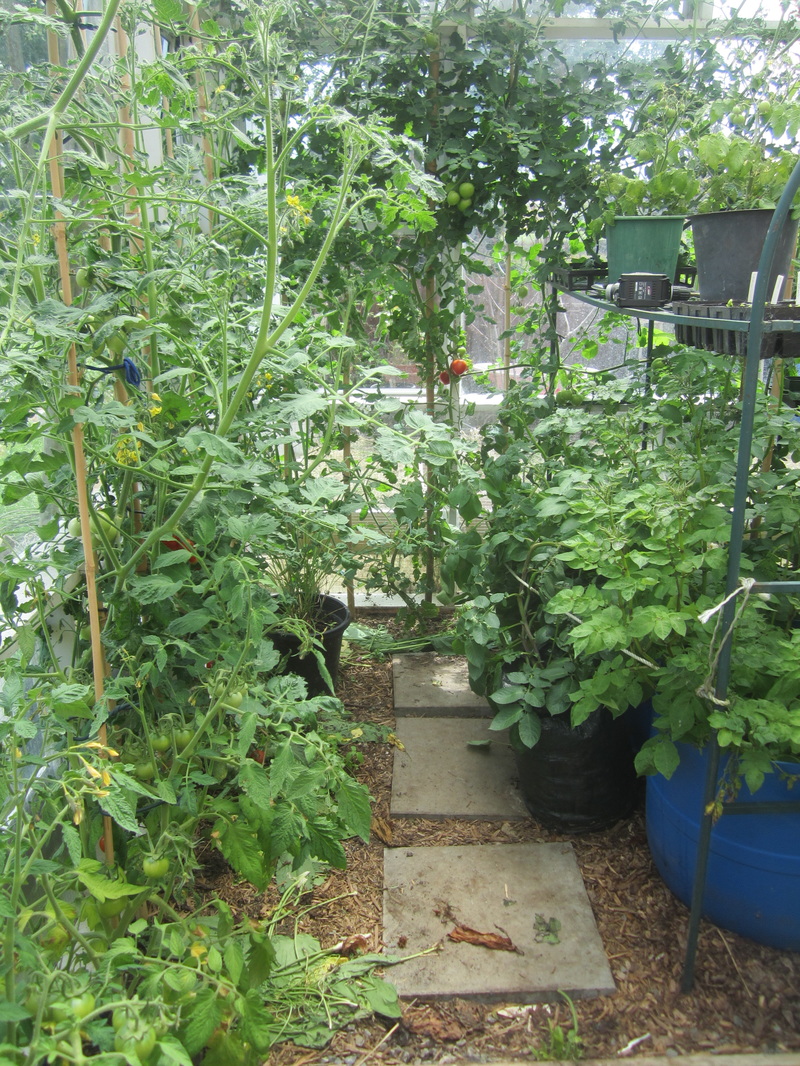

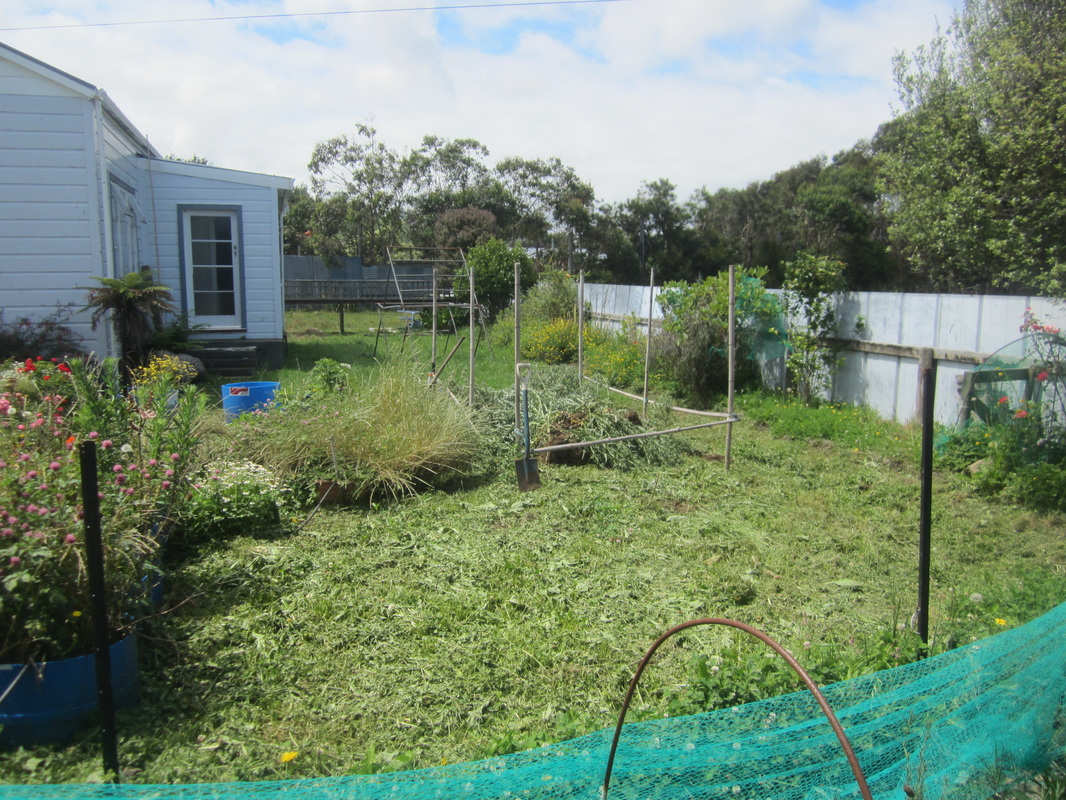

 RSS Feed
RSS Feed
